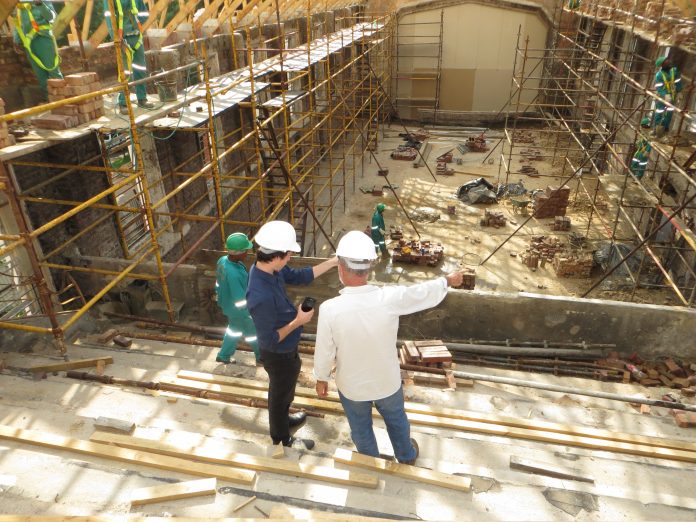2021 has been a difficult year for many individuals, and those working in the construction sector are no exception. Amid the pandemic, prices on vital equipment have soared up to 25% and availability remains on the decline. Consequently, already tight budgets and timelines have to be condensed even further, pushing those in construction, demolition, and even farming to cut costs through innovation and downsizing. For these individuals, now is the time to reflect on the issues facing the industry and cautiously plan for the upcoming years.
The Pandemic
Perhaps the most obvious cause for the current state of the shipping industry is the world’s ongoing battle with COVID-19. The virus has resulted in decreased output at every step in the shipping process by limiting the existing labor force. WHO guidelines, though essential for worker health and safety, also reduce the number of workers available at any given time to load and unload cargo, deliver goods, and man warehouses while increasing their value by nearly 5%.
Delays stack at each step in the shipping process due to these paper thin margins, putting stress on those in key positions. Another issue to be sorted is the shortage of tracks for bobcats and construction equipment due to the shortage of shipping containers. Furthermore, with extra time at home, many individuals now have increased opportunity and incentive to undertake personal renovation projects that they had previously put off. This drive puts homeowners in direct competition with construction workers for necessary tools, making it far more difficult for either party to acquire the supplies they require. High competition and scarcity, along with increasing shipment delays, in turn promotes an inflation up to 25% that not every construction company can afford.
BREXIT
Naturally, fallout from BREXIT has also taken its toll on shipping passing through the United Kingdom. In the first months following BREXIT alone, UK ports experienced as much as an 18% decline in shipments, leaving sectors like construction without necessary goods. New border policies and increased wait times have required those working in shipping to rework existing routes to comply. While distribution should establish new procedures with time, this learning period in conjunction with the aforementioned pandemic has only exacerbated an already irregular situation for those in the construction industry. Taken together, the current delays in receiving equipment is an expected conclusion, though still a tough one for those left waiting on new parts and/or machines for as long as 90 days at a time.
Coping with the Shortage
Limited machinery and parts on account of delayed shipping is bound to have an effect on companies and individuals, but important projects in construction and agriculture must go on. As the shortage continues, consumers should take care to anticipate increased wait times and plan around them. If possible, equipment should be ordered well before work begins with the understanding that shipment might now take months rather than days. In the event of an unexpected mechanical failure, innovation and ingenuity will be more important to industry than ever.
As for tending to the needs of busy employees working in a stressful situation, forging strong relationships is key. Working with employees rather than against them fosters a positive work environment with resilient workers. Nobody anticipated the current shipping delays, but hosting open dialogue about the causes and the consequences can help employees to come to terms with the current situation.
Shipping delays and steep prices might be a result of the current state of the world, but the construction industry can work through them by carefully considering their processes. Picking suppliers unaffected by BREXIT and being proactive in their pandemic response can help, as can openly communicating with employees. Ultimately, the construction industry will thrive again if they are able to adapt to these unusual times until they at last come out the other side.







